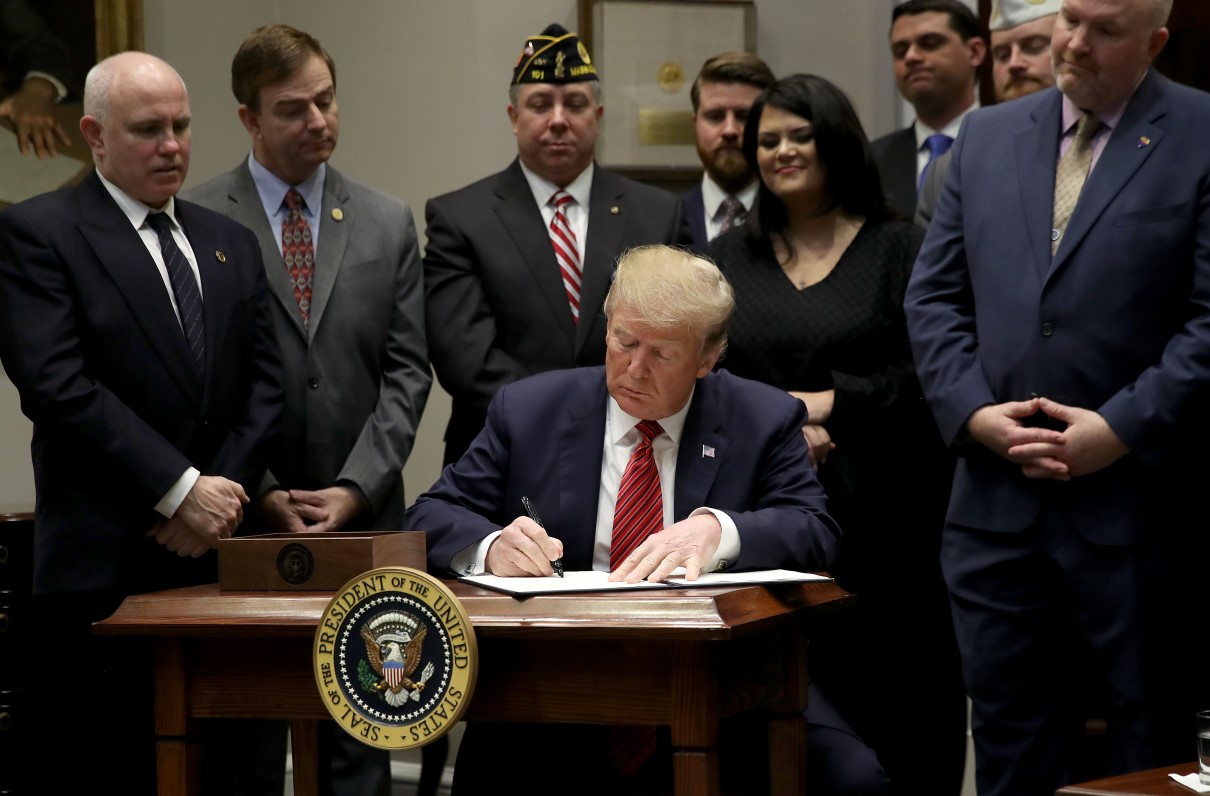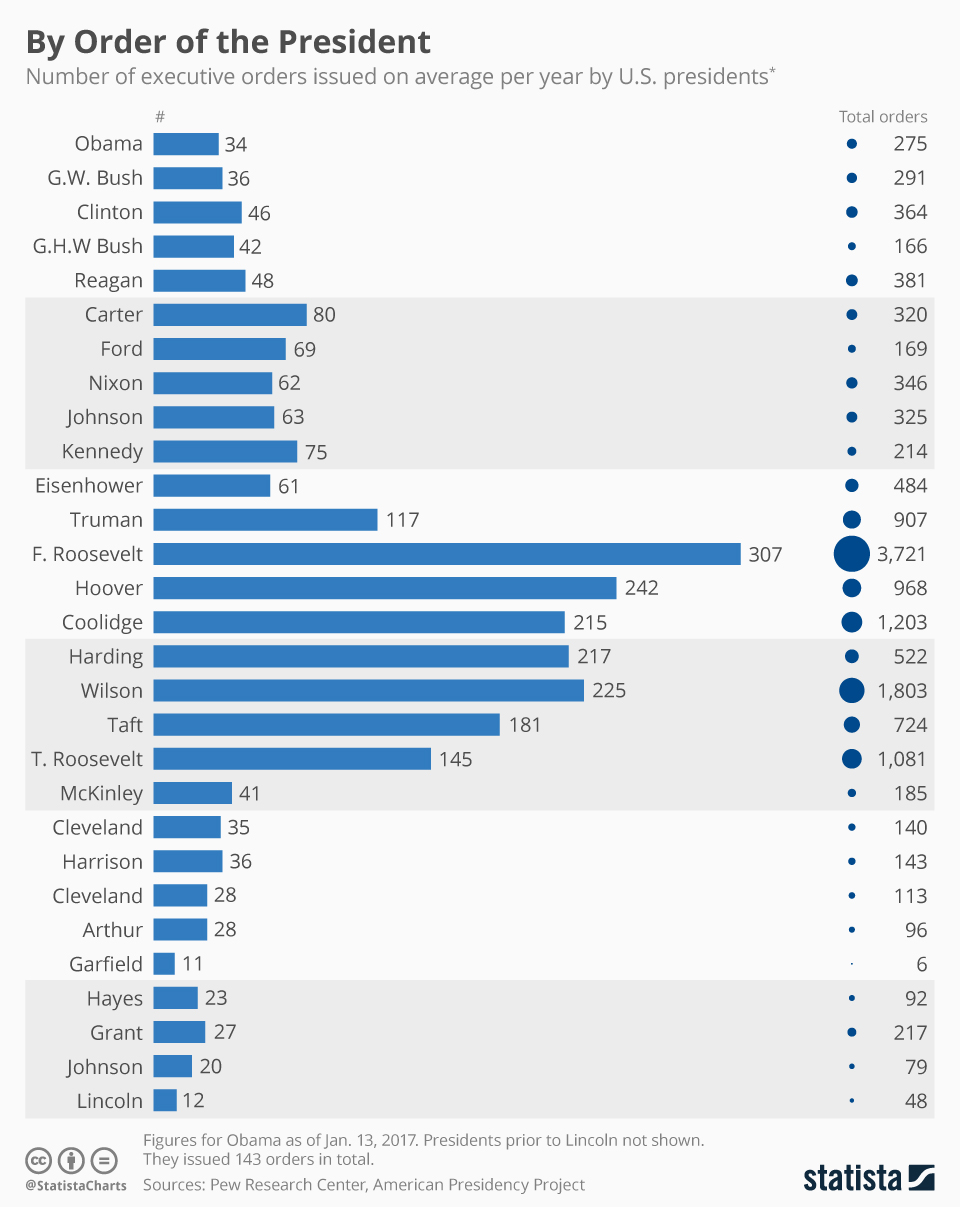

The suit claimed that President Obama’s executive powers did not authorize the changing of such a provision. The order delayed implementation of certain aspects of the ACA, notably a mandate on employers who did not provide health care coverage. On July 30, 2014, the US House of Representatives approved a resolution that allowed Speaker John Boehner to sue President Barack Obama over an executive order the president issued altering the timing requirements for implementation of the Affordable Care Act (ACA). Obama’s use of executive actions to defer deportation for up to 5 million people living in the country illegally relies on similar legal principles used by past presidents, although the issue of. Judicial deference in cases concerning executive orders has largely continued, although a number of executive orders have come under review in district courts. President Reagan rescinded President Carters Executive Orders, and there was limited progress in the government during the 1980s. In 1980, President Reagan was elected on a platform critical of governments role in society in. The court took a deferential approach to their review and allowed President Reagan’s executive orders to stand. OIRA and Reagan Executive Orders on Regulatory Review. words under the immediate authority of the President and the Executive Departments required to work only the number of hours prescribed by the ten-hour system 1847 - James K.

Regan, the Court reviewed several executive orders issued by President Reagan which nullified holds on Iranian assets and removed claims against Iran from US courts following the resolution of the Iranian Hostage Crisis. Issued by Presidents from 1792-1892 Executive Orders in this period were usually not numbered Summary Only. The court held that President Truman lacked the constitutional or statutory power to seize private property.įollowing Truman’s presidency, the Supreme Court did not invalidate any executive orders for several decades. Sawyer, the court held struck down Executive Order 10340, issued by President Harry Truman, which ordered Secretary of Commerce Charles Sawyer to seize control of a majority of the nation’s steel mills in anticipation of a steelworker strike during the Korean War. A significant example of the Supreme Court striking down a president’s executive order came about in 1952. Executive orders, like other rules issued by the federal government, are subject to judicial review.


 0 kommentar(er)
0 kommentar(er)
